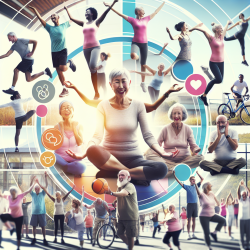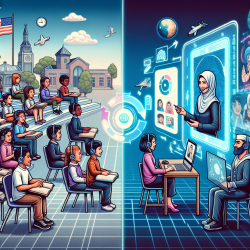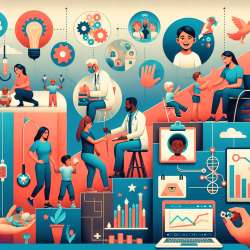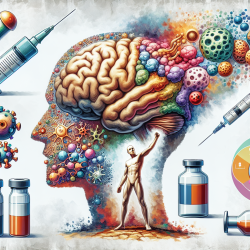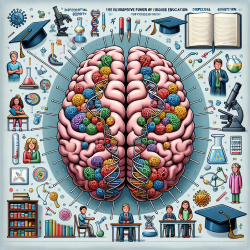Physical literacy (PL) is a concept that has traditionally been associated with youth sport development and physical education. However, recent research reveals its profound impact on health and longevity in older adults. The position paper "Physical Literacy, Health and Interactive Aging" explores this evolving perspective, emphasizing the importance of joyful interaction and social participation in promoting PL across the lifespan.
The Shift from Individual to Relational Contexts
The position paper highlights a significant shift in focus from individual physical competence to relational contexts. This evolution recognizes that PL is not just about acquiring fundamental movement skills but also about fostering positive interactions and social participation. For practitioners, this means creating environments where older adults can engage in physical activities that are both enjoyable and socially enriching.
Joyful Interaction at the Heart of Physical Literacy
The research underscores that fostering joyful interaction should be central to PL promotion. This involves creating opportunities for older adults to experience the joy of movement in a social setting. Practitioners can facilitate group activities that encourage cooperation and camaraderie, helping clients build meaningful connections while staying active.
Integrating Social Participation into Practice
Social participation is a critical component of PL for older adults. It enhances well-being and promotes mental health by reducing feelings of isolation. As a practitioner, you can integrate social elements into your programs by encouraging group exercises or community-based activities. This approach not only supports physical health but also enriches the emotional and social lives of participants.
The Role of Interactive Flow in Motivation
The concept of interactive flow offers a fresh perspective on motivation in PL. Unlike traditional motivation theories focused on individual achievement, interactive flow emphasizes the joy and satisfaction derived from moving with others. Practitioners can harness this by designing activities that promote synchronized movement and shared experiences, fostering a sense of community and belonging.
A Call to Action for Practitioners
This position paper provides valuable insights for practitioners seeking to enhance their skills and improve outcomes for older adults. By embracing a relational approach to PL, you can create programs that are not only effective but also deeply fulfilling for your clients. Consider exploring further research on PL and interactive aging to continue evolving your practice.
Physical literacy, health and interactive aging: a position paper
